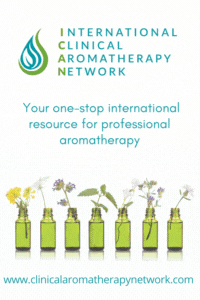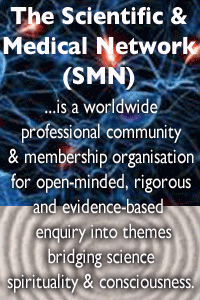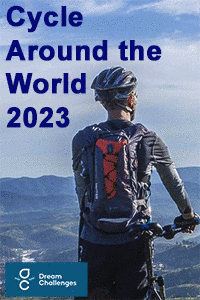Positive Health Online
Your Country

Research: SCHERNHAMMER and COLLEAGUES,
Listed in Issue 186
Abstract
SCHERNHAMMER and COLLEAGUES, Brigham and Women's Hospital and Harvard Medical School, Boston, MA 02115, USA. eva.schernhammer@channing.harvard.edu set out to achieve an understanding of what determines the attitude of people toward complementary and alternative medicine (CAM), essential in decisions about costly therapies in cancer treatment.
Background
The aim of this study was to achieve an understanding of what determines the attitude of people toward complementary and alternative medicine (CAM), essential in decisions about costly therapies in cancer treatment.
Methodology
This study involved population-based surveys conducted in 1995 and 2005. In 1995 and 2005, a quota sample of 2400 Austrians ages > or =15 was selected and invited in writing to participate in a survey to study beliefs and attitudes about cancer, its risk factors, and treatment. The sample comprised 0.04% of the population > or =15 years of age and was representative in terms of age, sex, occupational status, and area of residence. The subjects included 4073 Austrian adults (2073 participants enrolled in the 1995 survey and 2000 participants of the 2005 survey). Respondents were visited in their homes by trained interviewers. The interview was face-to-face, using a standardized questionnaire. We used a dichotomized variable as the outcome, placing high value on CAM (rated as 1 or 2 on a 5-level Likert scale) versus everything else (rated 3-5).
Results
Positive personal experiences with people cured of cancer improved the likelihood of a positive perception of CAM (odds ratio [OR], 1.36; 95% confidence interval [CI], 1.17-1.59 for those who reported knowing someone who was cured of cancer, compared to those who did not). In multivariate models adjusting for personal attitude toward mainstream medicine, subjects with more formal education were also more likely to believe that CAM is valuable (OR, 1.28; 95% CI, 1.02-1.61), as were women (OR, 1.40; 95% CI, 1.20-1.64) and people ages 70 and above (OR, 1.46; 95% CI, 1.02-2.08). A higher appreciation of mainstream medicine was inversely associated with the value placed on CAM in cancer therapy (OR, 0.43; 95% CI, 0.22-0.85).
Conclusion
In this, to our knowledge, the first study to evaluate predictors of CAM preference in cancer treatment in a national probability sample, we found more formal education, female gender, and older age to be the strongest predictors of a person favouring CAM therapy in cancer treatment. Our data also suggest that people who are satisfied with conventional care were less inclined to value CAM, whereas a positive personal experience with cancer cures improved positive perception of CAM.
References
Schernhammer ES. Haidinger G. Waldhor T and Vutuc C. Attitudes about the use of complementary and alternative medicine in cancer treatment. Journal of Alternative & Complementary Medicine. 15(10): 1115-20. Oct 2009.



